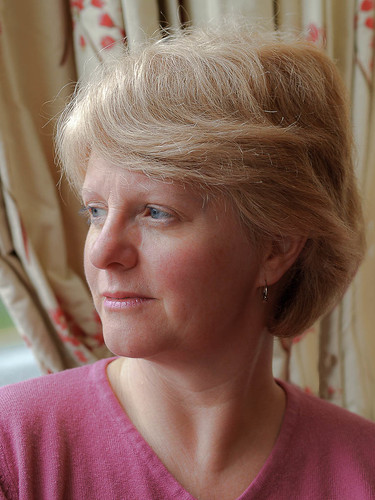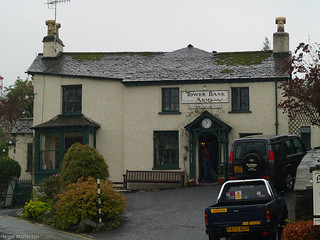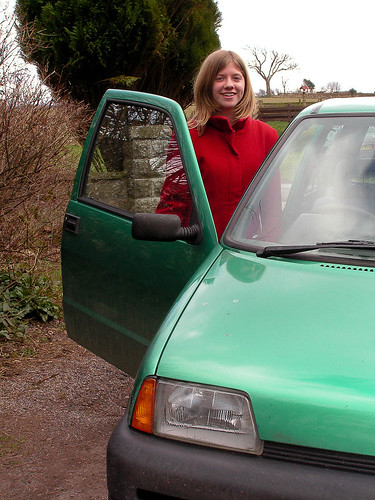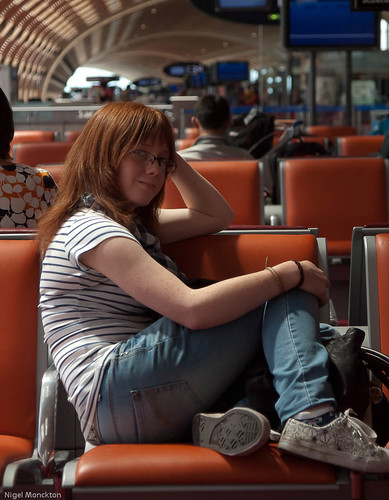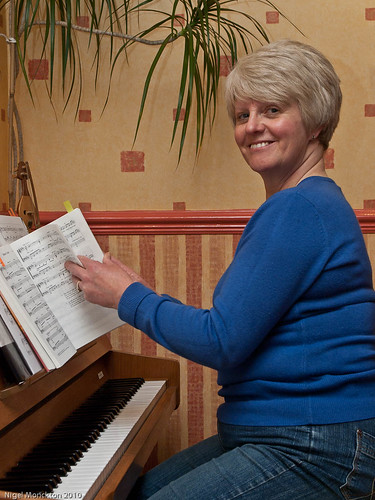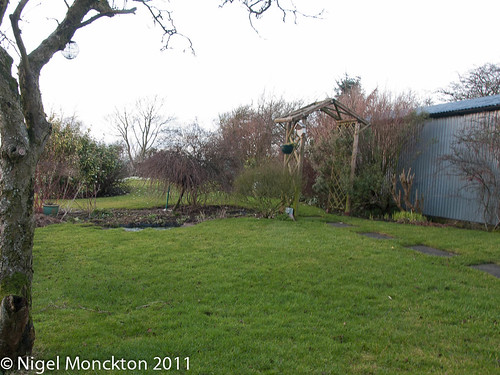As noted in the previous entry, I’ve decided to go with a series of self-portraits in this exercise.
First up is a shot which follows on from this experiment on my personal blog:

It is lit by torchlight from below and the colour balance adjusted in Lightroom to remove the pronounced orange cast. As expected it has a sort of ‘Hammer House of Horror’ feel to it. The rather focussed light casts dramatic, but unflattering shadows from a strange angle, and there is a spot which is nearly burned out under the chin. The overall effect is unsettling and less than flattering.
By contrast – this version is lit with a relatively large light source from the side. This time I used the light from the lcd monitor on the household computer:

The strong side-lighting produces deep shadows on the unlit side of the face, but the bright highlight in the dark eye draws attention to the eyes, and together with the light on the cheekbone provides enough detail to allow us to see the whole face. The photo has a late-night feel to it – perhaps even a sense of mystery. Edit: EileenR on Flickr suggested I should try this as a B/W, which I have done here
The next shot from this group uses an on-camera flashgun bounced from the ceiling:
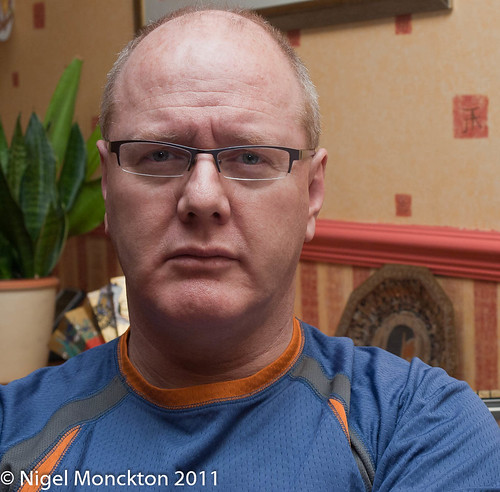
The illumination is much more even in this photo but the overhead lighting has placed quite deep shadows in the eye sockets and under the facial details This, coupled with my rather sombre expression creates a rather down-beat image which to my mind lacks the visual impact of the previous two, even though the lighting produces a more accurate likeness of my features.
The final shot in this group uses on-camera flash in the same position, but this time angled upwards and away from the subject to bounce from the wall and ceiling on the right of the photo:
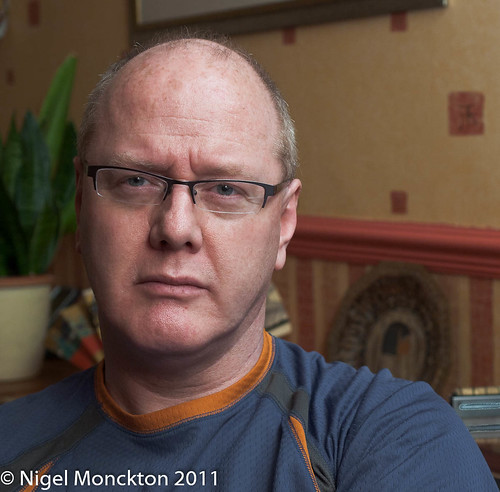
This shot needed lightening in Lightroom, perhaps because of the relatively low power of the flash. The lighting is much more uniform, with reasonable detail in the eyes and far fewer unflattering shadows than the previous version. Must remember to look as though I’m enjoying myself though. To be honest this seems the most boring of the indoor shots presented here, lacking in sparkle or interest.
The rest of this exercise and the conclusions will be uploaded in a separate post.



